The Blue Room David Hare was born in Sussex in 1947. His first play, Slag, was produced in 1970. A year later he first worked at the National Theatre, beginning one of the longest relationships of any playwright with a contemporary theater. Between 1978 and 1997, the National produced eleven of his plays. Five of his best-known plays, Plenty, The Secret Rapture, Racing Demon, The Judas Kiss, and Skylight, have also been presented on Broadway. by the same authorplays PLAYS ONE (Slag, Teeth n Smiles, Knuckle, Licking Hitler, Plenty) THE SECRET RAPTURE AND OTHER PLAYS (Fanshen, A Map of the World, Saigon, The Bay at Nice, The Secret Rapture) BRASSNECK (with Howard Brenton) THE GREAT EXHIBITION PRAVDA (with Howard Brenton) RACING DEMON MURMURING JUDGES THE ABSENCE OF WAR SKYLIGHT AMYS VIEW THE JUDAS KISS VIA DOLOROSA screenplays for television LICKING HITLER DREAMS OF LEAVING HEADING HOME screenplays WETHERBY PARIS BY NIGHT STRAPLESS PLENTY THE SECRET RAPTURE opera libretto THE KNIFE prose WRITING LEFT-HANDED ASKING AROUND:
background to the David Hare trilogy
The Blue Room
DAVID HARE Freely adapted from Arthur Schnitzlers
La Ronde
Copyright 1998 by David Hare All rights reserved.
No part of this book may be reproduced in any form or by any electronic or mechanical means, including information storage and retrieval systems, without permission in writing from the publisher, except by a reviewer, who may quote brief passages in a review. Any members of educational institutions wishing to photocopy part or all of the work for classroom use, or publishers who would like to obtain permission to include the work in an anthology, should send their inquiries to Grove/Atlantic, Inc., 841 Broadway, New York, NY 10003. CAUTION: This play is fully protected, in whole, in part, or in any form under the copyright laws of the United States of America, the British Empire including the Dominion of Canada, and all other countries of the Copyright Union, and is subject to royalty. All rights, including professional, amateur, stock, motion picture, radio, television, recitation, and public reading, are strictly reserved. All inquiries concerning performance rights for The Blue Room should be addressed to International Creative Management, Inc., 40 West 57th Street, New York, NY 10019, Attention: Sam Cohn. p. cm. eBook ISBN-13: 978-0-8021-9643-9 1. eBook ISBN-13: 978-0-8021-9643-9 1.
Man-woman relationshipsDrama. I. Schnitzler, Arthur, 18621931. Reigen. II. Title.
PR6058.A678B58 1998 822.914dc21 9839277 CIP Grove Press
841 Broadway
New York, NY 10003 Pour son anniversaire
Preface
It was never Schnitzlers intention that his loose series of sexual scenes,
Reigen, should be publicly performed. When he wrote them in 1900, the author called them completely unprintable and intended only that they should be read among friends. It was no surprise when the eventual premire of the work was closed down by the police in Vienna in 1921. Similarly, the actors in its first Berlin production the same year had to endure a six-day trial on charges of obscenity. For years the sketches enjoyed an underground reputation. In 1923, when Schnitzler was sixty-one, a performance was given in a private house in London, again for friends only, with members of the Bloomsbury group joining cheerfully in the proceedings.
Virginia Woolf was moved to complain in a letter that the audience felt simply as if a real copulation were going on in the room and tried to talk to drown the very realistic groans made by Partridge! It was a great relief when Marjorie sang hymns. It was only when Max Ophls made his famous film in 1950 that the work escaped its provocative reputation and became associated instead with a certain kind of enchantment. The film, set in turn-of-the-century Vienna, brings out all the wistfulness and elegance of the subject matter. It boasts one of the most formidable casts in French cinema with Gerard Philipe, Danielle Darrieux, Jean-Louis Barrault and Simone Signoret appearing, among others. Few people knew the original work well enough to notice that Ophls had, in fact, adapted the text with extreme freedom, even introducing a figurenot in Schnitzlerof the all-seeing ringmaster, superbly played by Anton Walbrook. (What am I in the story? I am in short any of you.
I am the incarnation of your desire to know everything.) After the success of the film, the play became better known as La Ronde. For myself, I first heard of it when my father told me that only when I was grown up would he allow me to see what he called his favorite film of all time. Sine 1981, when the theatrical rights fell temporarily out of copyright, there have been a good many stage versions, and in many different languages. Some of them choose, as The Blue Room does, to reset the play in a contemporary world. Mine is also not the first version to allocate the ten parts to just two actors. Over the years audiences have continued to argue about whether the idea of the sexual daisy chain that is at the center of Schnitzlers conception is profound or overneat.
Whichever, it is wonderfully malleable. When I have put plays by Chekhov, Brecht, and Pirandello into English, I have never considered anything but a fairly strict fidelity to the original. But when Sam Mendes asked me to adapt Schnitzler, I instinctively chose to follow Ophlss example, licensed by the knowledge that the author himself never put the material into a form where he foresaw it being performed. The hundred years that have followed the writing of Reigen have seen a supposed upheaval both in social attitudes and in sexual morals. But the fascination of the work is that its treatment seems hardly dated at all. Schnitzler was not only Freuds almost exact contemporary.
He was also, like Freud, like Chekhov, a doctor. His essential subject is the gulf between what we imagine, what we remember, and what we actually experience. You have to wait years (in fact for Marcel Proust to stop partygoing and get on with his great novel) before you find a European author having the prescience to chart this treacherous, twentieth-century territory of projection and desire with as much longing and insight as Schnitzler. David Hare
July 1998
Characters

The play is set in one of the great cities of the world, in present day.
The Blue Room was first presented at the Donmar Warehouse, London, on September 22, 1998.
 Directed by
Directed by Sam Mendes
Designed by Mark Thompson
Lighting by Hugh Vanstone
Music by Paddy Cunneen
Literal translation by Julian Hammond
1.
 Directed by
Directed by Sam Mendes
Designed by Mark Thompson
Lighting by Hugh Vanstone
Music by Paddy Cunneen
Literal translation by Julian Hammond
1.
The Girl and the Cab Driver




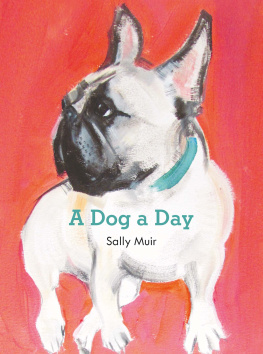


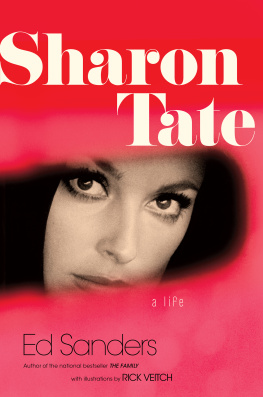


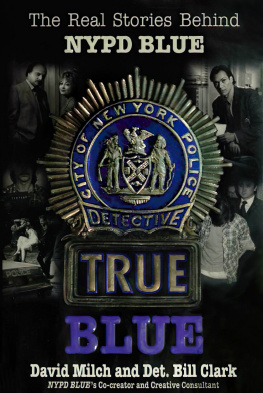
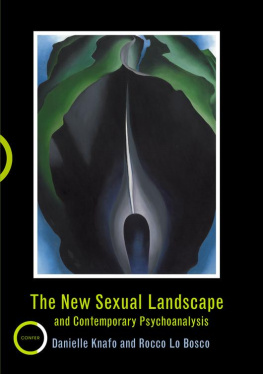

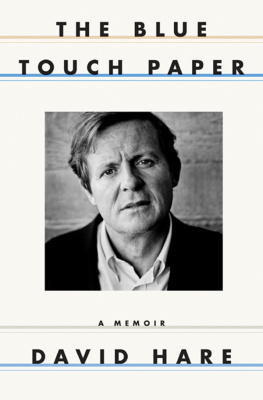

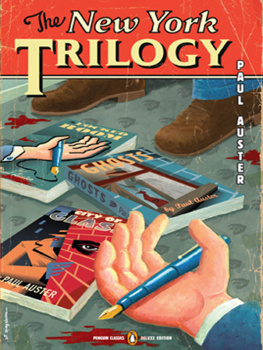
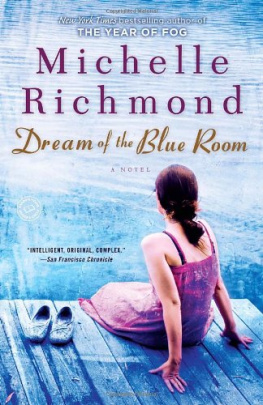
 Copyright 1998 by David Hare All rights reserved.
Copyright 1998 by David Hare All rights reserved.  The play is set in one of the great cities of the world, in present day. The Blue Room was first presented at the Donmar Warehouse, London, on September 22, 1998.
The play is set in one of the great cities of the world, in present day. The Blue Room was first presented at the Donmar Warehouse, London, on September 22, 1998.  Directed by Sam Mendes Designed by Mark Thompson Lighting by Hugh Vanstone Music by Paddy Cunneen Literal translation by Julian Hammond
Directed by Sam Mendes Designed by Mark Thompson Lighting by Hugh Vanstone Music by Paddy Cunneen Literal translation by Julian Hammond